Home>Interior Design>The Furniture Placement Rule I Use In My Small Living Room
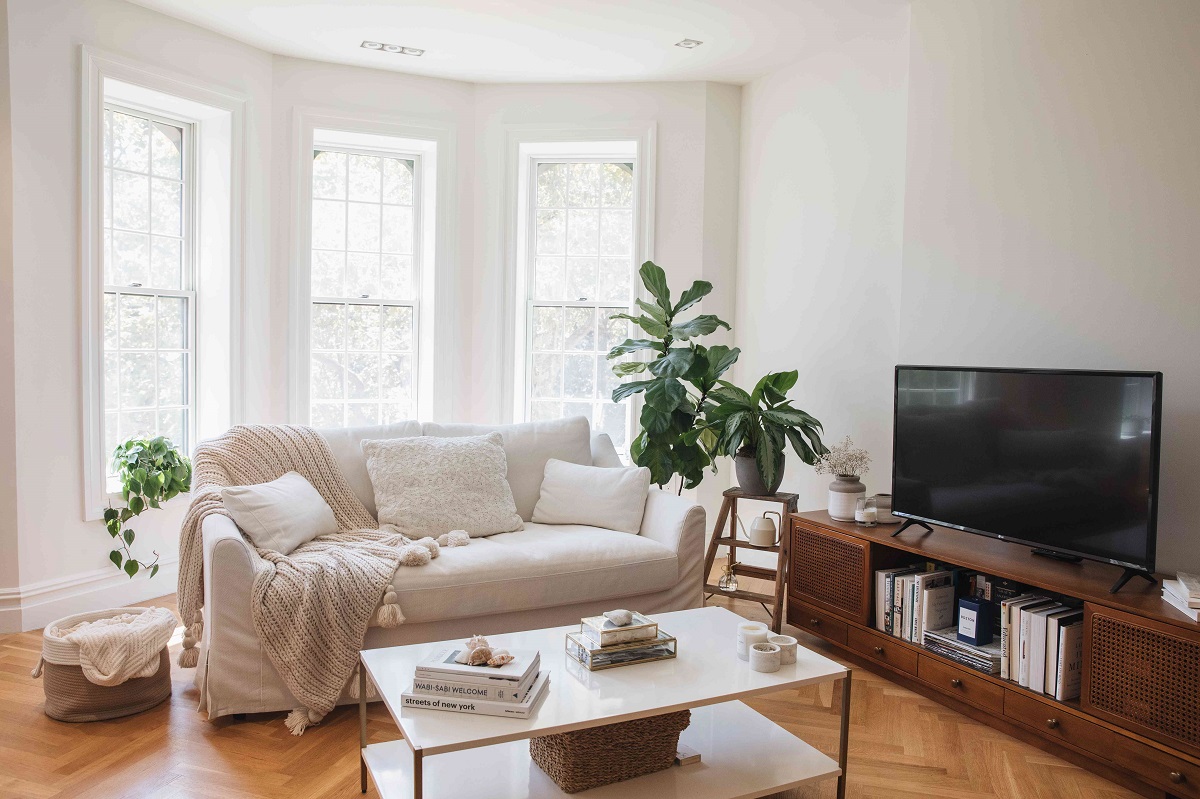

Interior Design
The Furniture Placement Rule I Use In My Small Living Room
Modified: January 18, 2024
Discover the interior design rule for small living rooms that guarantees optimal furniture placement. Transform your space with this expert technique.
(Many of the links in this article redirect to a specific reviewed product. Your purchase of these products through affiliate links helps to generate commission for Storables.com, at no extra cost. Learn more)
Introduction
Welcome to the world of interior design, where the arrangement of furniture can make all the difference in transforming a space. Whether you have a small living room or a spacious one, understanding how to place your furniture can greatly impact the overall functionality and aesthetic appeal of the room.
In this article, we will explore a furniture placement rule that I personally use in my small living room. Through careful assessment of the size and layout of the room, optimizing natural light, selecting the right furniture scale, creating functional zones, arranging furniture for flow and accessibility, utilizing vertical space, incorporating storage solutions, selecting versatile and multi-purpose pieces, and adding visual interest with accessories and decor, you’ll be able to create a stylish and well-organized living room that maximizes the available space.
So, whether you’re looking to revamp your current living room or are starting from scratch in a new space, let’s dive in and explore the art of furniture placement in a small living room!
Key Takeaways:
- Maximize natural light, choose versatile furniture, and create functional zones to optimize a small living room’s potential. Embrace vertical space and curated decor for a stylish, organized, and inviting space.
- Assess room size, prioritize flow and accessibility, and utilize storage solutions for a well-organized small living room. Select multi-purpose furniture and add visual interest for a personalized and efficient design.
Assessing the Size and Layout of Your Living Room
Before diving into furniture placement, it’s important to assess the size and layout of your living room. This step is crucial in determining the optimal arrangement for a small space.
Start by measuring the dimensions of your living room, including the length, width, and height. This will give you a clear understanding of the available space and help you determine the size of furniture that will fit comfortably without overwhelming the room.
Next, consider the layout of the room. Take note of architectural features such as windows, doors, and focal points like a fireplace or built-in shelves. These elements will play a significant role in guiding the placement of furniture.
Additionally, identify any potential challenges or obstacles in the room, such as uneven walls or limited wall space. This awareness will help you work around these limitations and make the best use of the available area.
Once you have a thorough understanding of the size and layout of your living room, you can proceed with the next steps of furniture placement. By starting with this assessment, you’ll be better equipped to create a functional and visually appealing arrangement that maximizes the potential of your small living room.
Maximizing Natural Light
Natural light can greatly enhance the ambiance of a living room, making it feel brighter, more spacious, and inviting. When working with a small living room, maximizing natural light becomes even more important in creating the illusion of a larger space.
Begin by evaluating the windows in your living room. Remove heavy or dark curtains that may block or restrict the flow of natural light. Instead, opt for sheer curtains or blinds that allow light to penetrate while still providing privacy.
If privacy is not a concern, consider leaving your windows uncovered to allow for unobstructed views and increased natural light. This can create a seamless connection between the indoors and outdoors, making the room feel more open and airy.
Incorporating mirrors into your living room design is another effective way to maximize natural light. Mirrors can reflect light and create the illusion of a larger space. Place a mirror opposite a window to bounce the incoming light around the room, instantly brightening it up.
Strategically positioning reflective surfaces, such as glass or metallic accents, can also help amplify the natural light. This can be done through the use of mirrored furniture, glass tabletops, or metallic finishes on decorative items.
Lastly, keep your window treatments and decor minimalistic to avoid blocking light. Clear the area around the windows, ensuring that there are no obstructions that may cast shadows or impede the flow of light.
By maximizing natural light in your small living room, you can create a bright and uplifting space that feels much larger than it actually is. Embrace the beauty of natural light and let it transform your living room into a cozy and inviting retreat.
Choosing the Right Furniture Scale
When it comes to furnishing a small living room, selecting the right furniture scale is essential. Choosing pieces that are proportionate to the size of the room will help maintain balance and prevent the space from feeling overwhelmed or cramped.
Start by measuring the dimensions of your living room and taking note of any architectural features or focal points. This will give you a better sense of the available space and help you determine the maximum size of furniture that can comfortably fit.
Opt for furniture that is appropriately scaled to the room. Avoid oversized or bulky pieces that can dominate the space and make it appear smaller. Instead, opt for sleek and streamlined designs that offer comfort without sacrificing valuable floor space.
Consider the height of your furniture as well. Low-profile furniture, such as sofas and coffee tables, can create a sense of openness and make the ceiling appear higher. Taller furniture, on the other hand, can make the room feel more enclosed.
Modular furniture is a great option for small living rooms as it offers flexibility and adaptability. Look for pieces that can be rearranged or reconfigured to suit your needs, allowing you to maximize space and customize the layout as desired.
Another important consideration when choosing furniture scale is storage. Opt for pieces that offer built-in storage options, such as ottomans with hidden compartments or coffee tables with drawers. This will help keep the room organized and clutter-free, maximizing the available space.
Remember, it’s not just about the size of the individual furniture pieces, but also about their relation to one another. Ensure that there is enough space to comfortably move around and that the furniture arrangement promotes good traffic flow.
By selecting furniture that is proportionate to the size of your small living room, you can create a visually balanced and harmonious space. Embrace the principle of scale and let it guide you in making the right furniture choices for your living room.
Creating Functional Zones
In a small living room, it’s important to create distinct functional zones to maximize the usability of the space. By delineating specific areas for different activities, you can make the room more organized and efficient.
Start by identifying the different activities that will take place in your living room. This can include lounging, entertaining, reading, and even work or study. Once you have a clear understanding of the various functions, you can begin to divide the room into separate zones.
One common approach is to create a seating area as the main focal point of the room. This can be achieved by arranging a comfortable sofa, armchairs, or a sectional in a way that encourages conversation and interaction. Place a coffee table or an ottoman in the center to serve as a functional surface for drinks and snacks.
If you have enough space, consider incorporating a separate area for dining. This can be achieved with a small dining table and chairs, or even a bar-height counter with stools. Having a designated space for meals can help create a sense of formality and make entertaining guests a breeze.
Incorporate a designated workspace if you need a dedicated area for work or study. This can be a small desk or a built-in shelf with a pull-out table. Ensure that the workspace is well-lit and equipped with storage solutions for keeping your work materials organized and easily accessible.
Don’t forget about storage zones. Utilize the walls by installing shelving units or floating shelves to display and store books, decor, or personal items. Consider using storage baskets or bins to keep items hidden and maintain a clean and clutter-free look.
By creating functional zones in your small living room, you can optimize the space and ensure that each area serves its intended purpose. This approach not only enhances the functionality of the room but also adds structure and visual interest to the overall design.
Arranging Furniture for Flow and Accessibility
When arranging furniture in a small living room, it’s important to prioritize flow and accessibility. The way you position your furniture can greatly impact the ease of movement within the space and the overall functionality of the room.
Start by considering the natural flow of traffic in the room. Imagine how people will enter and move through the space, and ensure that there is a clear and unobstructed path. Avoid placing furniture in a way that creates obstacles or bottlenecks.
Place larger furniture pieces, such as sofas or sectionals, against the walls to maximize floor space and create an open feel. This arrangement not only helps with flow but also makes the room appear larger. Leave enough space behind the furniture to allow for easy movement and access to other areas of the room.
Ensure that there is ample space between furniture pieces as well. Avoid overcrowding the room with too many pieces or pushing furniture tightly together. Leave some breathing room to create a more spacious and inviting atmosphere.
Consider the placement of coffee tables, side tables, and other surface areas. Position them within easy reach of seating areas for convenience and accessibility. This will allow you to easily place drinks, remote controls, and other items without having to stretch or maneuver around furniture.
If your living room functions as a pathway to other areas, such as a hallway or another room, keep the pathways clear and unobstructed. Avoid placing furniture that extends too far into these paths, as it can impede movement and create an awkward and cramped feel.
Lastly, pay attention to the placement of electronic devices such as televisions or speakers. Ensure that they are positioned at a comfortable viewing or listening height and angle, without obstructing the view or causing strain on the neck.
By arranging furniture for flow and accessibility, you can create a welcoming and functional living room in spite of its small size. Prioritizing these factors will not only enhance the usability of the space but also contribute to a more comfortable and enjoyable living experience for everyone.
When arranging furniture in a small living room, try to keep the space open and uncluttered by placing larger pieces against the walls and using smaller, versatile pieces that can be easily moved around as needed. This will create a sense of spaciousness and flexibility in the room.
Utilizing Vertical Space
When dealing with a small living room, maximizing every inch of available space becomes crucial. One often overlooked area is the vertical space in the room. By utilizing the walls and height of the room, you can greatly expand the storage and decorative possibilities.
Start by installing shelving units or floating shelves on the walls. This not only provides additional storage for books, decor, or personal items but also draws the eye upward, creating the illusion of a taller and more spacious room. Be sure to balance the placement of items on the shelves to maintain a visually pleasing arrangement.
Consider incorporating tall bookcases or storage units that stretch from floor to ceiling. These provide ample storage space without taking up too much floor space. You can use them to display books, showcase decorative items, or even store items in baskets or bins for a tidy and organized look.
Utilize the vertical space above furniture pieces as well. Mount shelves or cabinets above sofas or desks to create additional storage for books, office supplies, or even entertainment equipment. This helps keep these items easily accessible while freeing up valuable tabletop or floor space.
Another creative way to utilize vertical space is by installing wall-mounted hooks or racks. These can serve as stylish solutions for hanging coats, hats, bags, or even small planters. Not only does this help keep the room tidy and clutter-free, but it also adds a decorative element to the walls.
Consider using tall and slim furniture pieces. Instead of opting for wide and bulky items, choose bookshelves, cabinets, or media consoles that are taller and narrower. This allows you to maximize storage without occupying too much floor space.
Don’t forget about the ceiling! Consider hanging decorative elements, such as pendant lights or hanging plants, to draw the eye upward and create visual interest. This adds depth to the room and makes the space feel more dynamic.
By utilizing vertical space in your small living room, you can make the most of the available room without sacrificing floor space. Think creatively and explore different ways to maximize storage, display, and decorative possibilities. This will not only enhance the functionality of the room but also add a visually appealing element to the overall design.
Incorporating Storage Solutions
In a small living room, effective storage solutions are key to maintaining an organized and clutter-free space. By incorporating clever storage options, you can maximize the available room and keep your belongings neatly stowed away.
One of the simplest and most practical storage solutions is utilizing multifunctional furniture. Look for ottomans or coffee tables with built-in storage compartments, where you can store items such as blankets, magazines, or board games. This not only provides extra storage space but also serves as a functional and versatile piece of furniture.
Consider using furniture with hidden storage. Look for sofas or benches with lift-up seats, where you can store items that are not frequently used but still need to be accessible. These hidden storage compartments can be used to store extra pillows, blankets, or even seasonal decorations.
Invest in storage baskets or bins that can be easily tucked away under furniture or on shelves. These are perfect for stashing away small items such as remote controls, cables, or toys. Opt for baskets or bins that can be easily labeled to ensure everything is organized and easy to find.
Make use of vertical storage options, such as tall bookcases or wall-mounted shelves, to maximize storage without taking up valuable floor space. These can be used to store books, display decorative items, or showcase personal collections. Organize the items on the shelves using baskets or storage boxes to keep everything tidy and visually appealing.
Consider utilizing wall space for storage as well. Install wall-mounted cabinets or floating shelves to store items such as DVDs, games, or electronics. This helps keep these items easily accessible while keeping the surfaces clear and free of clutter.
Maximize the space underneath furniture by using storage solutions such as rolling carts or low-profile cabinets. These can be used to store items that are frequently used but need to be conveniently accessible. For example, a rolling cart can hold craft supplies or office essentials, while a low-profile cabinet can store extra linens or servingware.
Lastly, don’t forget about utilizing the space behind doors. Install hooks or racks on the back of doors to hang coats, hats, bags, or towels. This helps keep these items organized and frees up space in other areas of the room.
By incorporating various storage solutions in your small living room, you can keep the space tidy, organized, and visually appealing. Take advantage of multifunctional furniture, hidden storage compartments, vertical storage options, and utilize all available space to maximize your storage potential. With a well-thought-out storage strategy, you can make the most of your small living room and create a clutter-free and enjoyable space.
Selecting Versatile and Multi-Purpose Pieces
In a small living room, the selection of furniture plays a crucial role in maximizing space and functionality. Opting for versatile and multi-purpose pieces will not only help you make the most of the available room but also provide flexibility for different activities and needs.
Consider investing in a sofa bed or a sectional with a pull-out mattress. This allows you to have a comfortable seating area during the day and provides an additional sleeping space for guests at night. This multi-functional piece can save space and eliminate the need for a separate guest bedroom.
Look for coffee tables or ottomans with flip-up tops or removable trays. These can serve as both a surface for placing drinks and snacks and as hidden storage compartments. You can store decorative items, magazines, or other small items inside while keeping the tabletop clutter-free.
Opt for nesting tables or stackable stools that can be easily moved around and stored when not in use. These compact and versatile pieces can serve as side tables, extra seating, or even makeshift desks when needed. Having the option to tuck them away helps to conserve space in a small living room.
Consider a media console or TV stand with integrated storage options. Look for units with shelves, drawers, or cabinets to house electronics, media, and other entertainment essentials. This eliminates the need for additional storage pieces and keeps everything organized in one central location.
Select furniture pieces with built-in shelving. These can include bookcases with integrated desks or sideboards with wine storage. This allows you to maximize vertical space while providing functionality for different purposes. These multi-purpose pieces can serve as display areas, workspaces, and storage solutions all in one.
Opt for furniture with modular or adjustable features. Look for sectional sofas with movable seats, allowing you to reconfigure the layout to suit your needs. This adaptability allows you to customize the seating arrangement and make the most of the available space.
Consider investing in furniture that serves multiple functions, such as a storage ottoman that can also be used as a coffee table or extra seating. This helps to minimize the number of individual pieces of furniture in the room and creates a streamlined and efficient layout.
By selecting versatile and multi-purpose furniture pieces, you can optimize the functionality of your small living room. These pieces offer flexibility, adaptability, and efficient use of space without compromising on style and comfort. Embrace the benefits of multi-purpose furniture and enjoy the versatility it brings to your living room.
Read more: How To Place Furniture In Small Living Room
Adding Visual Interest with Accessories and Decor
Accessories and decor play a crucial role in enhancing the aesthetics of a small living room. Adding visual interest through carefully selected items can bring life and personality to the space, making it feel inviting and stylish. Here are some tips for incorporating accessories and decor to elevate your small living room:
Start with a focal point. Choose a statement piece, such as a bold artwork, an eye-catching accent chair, or a unique light fixture, to anchor the room and draw attention. This will create a visual focal point and set the tone for the overall design.
Use color strategically. In a small living room, it’s important to be mindful of the color palette. Opt for lighter hues or neutrals to create an open and airy feel. Add pops of color through accessories like throw pillows, rugs, or curtains to inject personality and visual interest.
Incorporate textiles and textures. Soften the space by adding plush rugs, cozy throws, and textured cushions. This not only adds comfort but also adds visual richness and depth to the room.
Introduce reflective surfaces. Mirrors, glass accents, and metallic finishes can help create a sense of openness and reflect light, making the room feel larger. Place mirrors strategically to capture natural light and create the illusion of more space.
Add plant life. Bring the outdoors in by incorporating greenery into your living room. Plants not only add a refreshing touch but also contribute to air quality. Choose low-maintenance options such as succulents or small potted plants that can thrive in indoor conditions.
Layer lighting. Utilize a combination of ambient, task, and accent lighting to create a warm and inviting atmosphere. Use floor and table lamps, wall sconces, and overhead lighting to achieve a balanced and well-lit space. Consider using dimmers to adjust the lighting according to different moods and occasions.
Display curated collections. Showcase items that hold sentimental value or reflect your personality. Arrange them on shelves or in glass display cases for a personal and meaningful touch. Curate a collection of books, ceramics, or artwork that complements the overall design aesthetic.
Don’t forget about the walls. Add visual interest with wallpaper, textured paint, or a gallery wall of framed art or photographs. A feature wall can become a focal point and bring character to the room.
Remember, less is more in a small living room. Be intentional with your choices and avoid overcrowding the space with too many accessories. Keep the arrangement balanced and ensure that each item has a purpose and adds value to the overall design concept.
By adding visual interest with carefully curated accessories and decor, you can elevate the style and personality of your small living room. Use these tips as a guide to create a space that is visually appealing, comfortable, and reflective of your personal taste and lifestyle.
Conclusion
Designing a small living room may seem like a challenge, but with careful consideration and strategic planning, you can transform your space into a functional and visually appealing area. By following the furniture placement rule I use in my small living room, you can create a harmonious balance that maximizes the potential of your space.
Assessing the size and layout of your living room provides a solid foundation for furniture placement. By understanding the dimensions and architectural features, you can make informed decisions on furniture scale and arrangement.
Maximizing natural light is essential in creating an open and inviting atmosphere. Removing heavy curtains, incorporating mirrors, and utilizing reflective surfaces can help illuminate the room and make it feel more spacious.
The choice of furniture scale should prioritize functionality while maintaining a sense of proportion. Opt for versatile and multi-purpose pieces that maximize space and provide storage solutions.
Creating functional zones helps to optimize the use of your living room. By designating specific areas for different activities, you can make the space more organized and efficient.
Arranging furniture for flow and accessibility ensures easy movement throughout the room. Leave ample space between furniture pieces and consider the placement of electronic devices and doorways.
Don’t overlook the vertical space; utilizing walls and ceilings for storage and decor can greatly expand the room’s potential. Adding visual interest through accessories and decor brings personality and style to your living room.
In conclusion, with a thoughtful approach and attention to detail, you can create a small living room that is both functional and visually appealing. By considering the furniture placement rule and implementing these tips, you can maximize the potential of your space, transforming it into a cozy and inviting retreat that reflects your personal style and enhances your everyday living experience.
Frequently Asked Questions about The Furniture Placement Rule I Use In My Small Living Room
Was this page helpful?
At Storables.com, we guarantee accurate and reliable information. Our content, validated by Expert Board Contributors, is crafted following stringent Editorial Policies. We're committed to providing you with well-researched, expert-backed insights for all your informational needs.
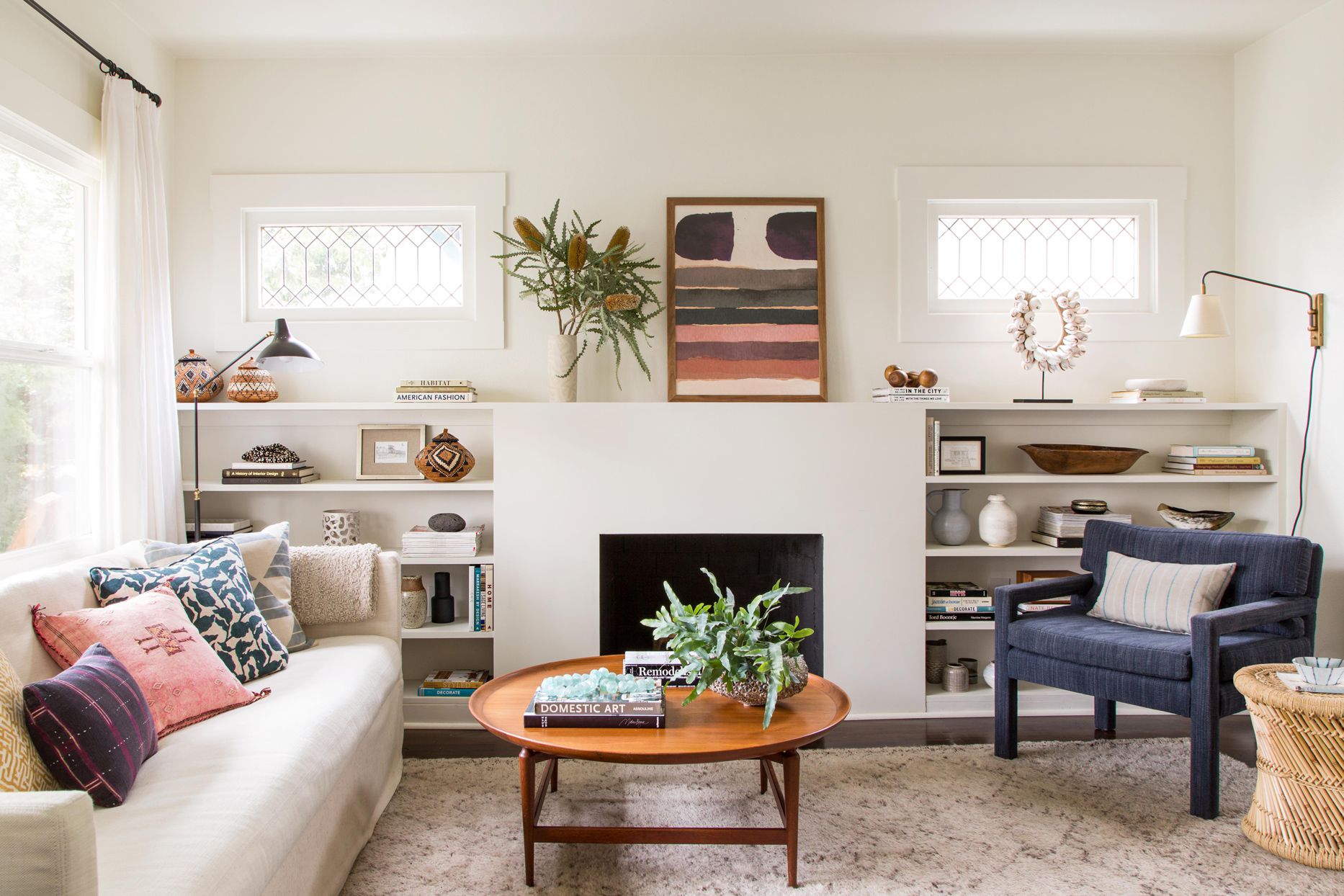
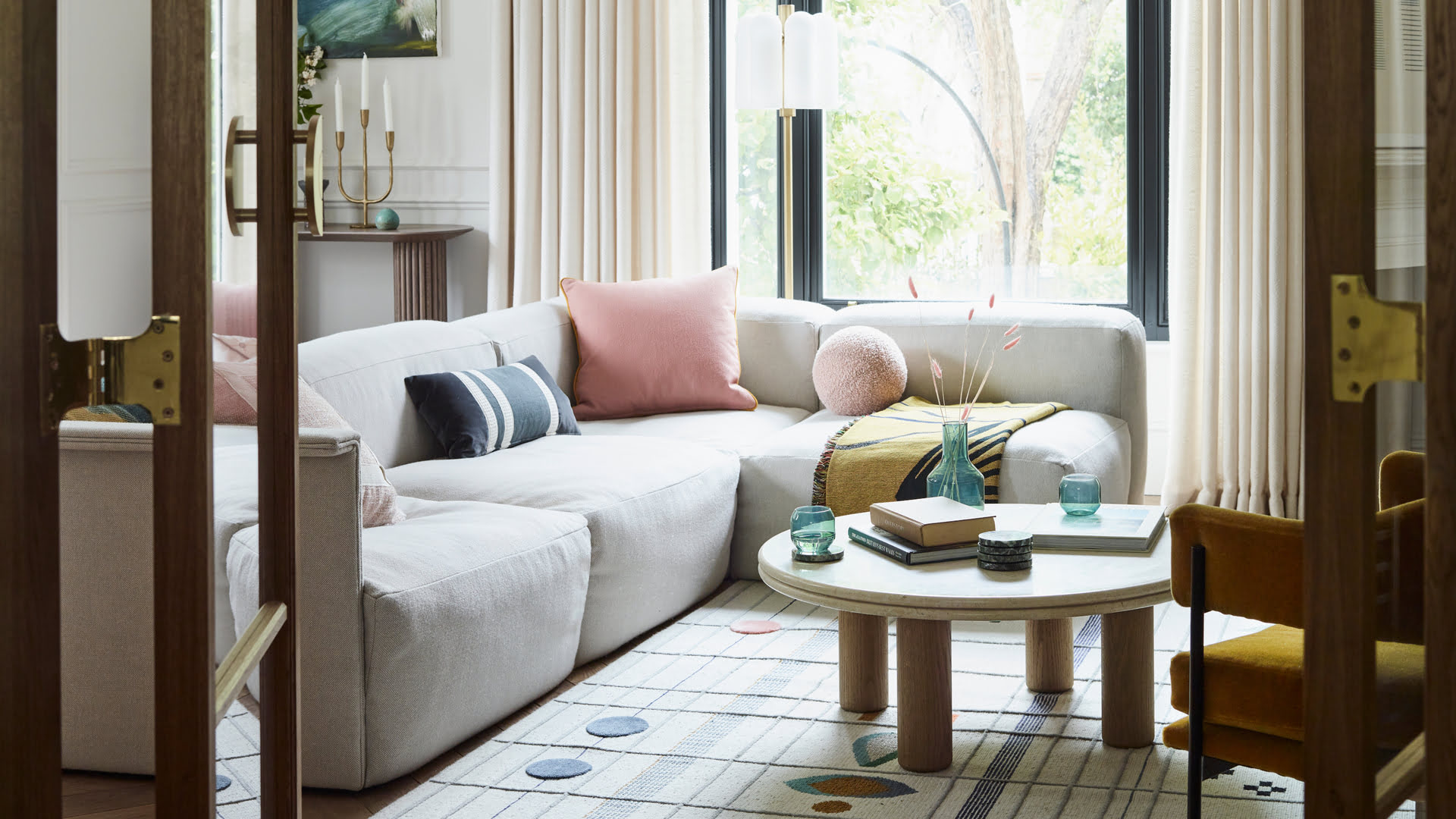
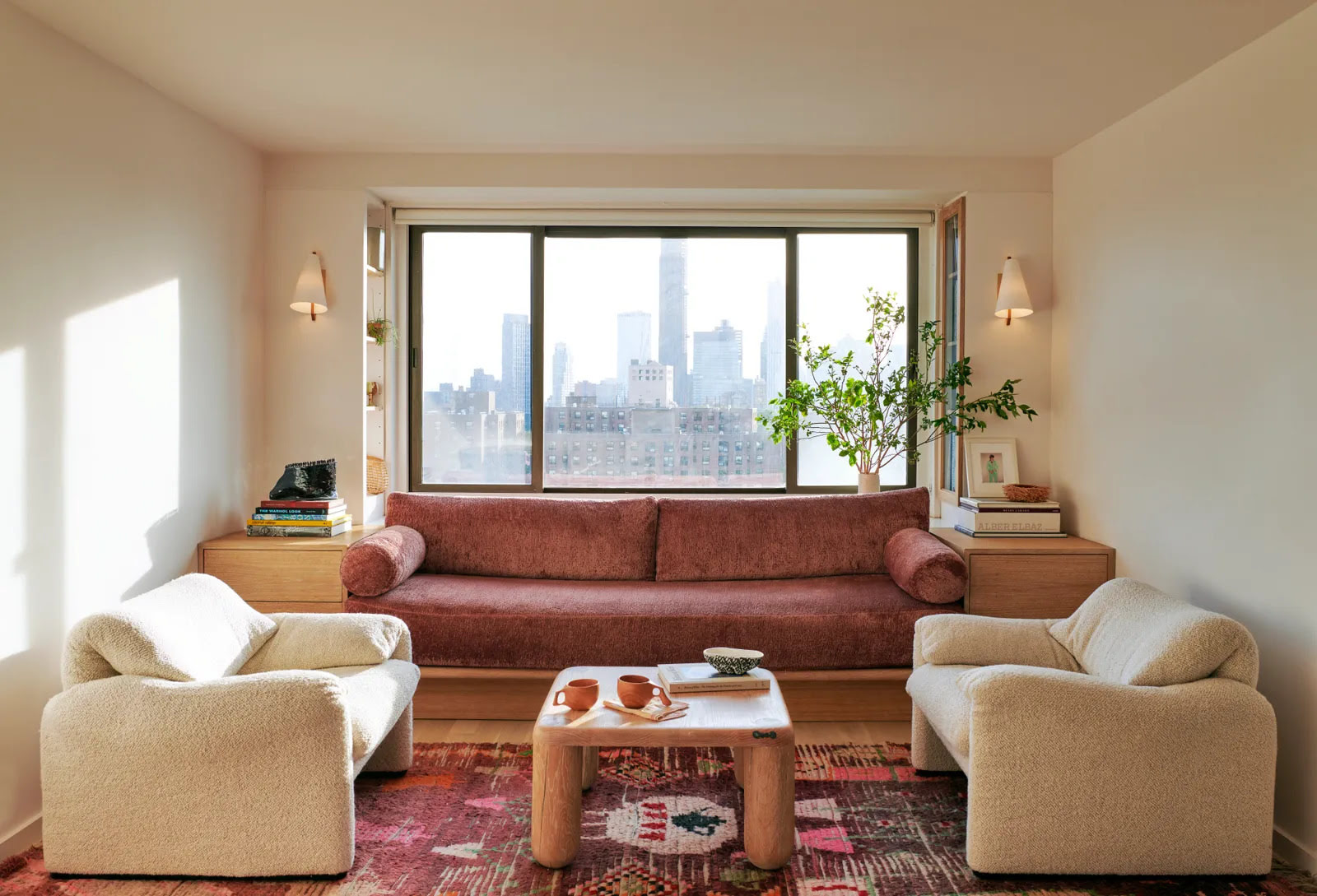
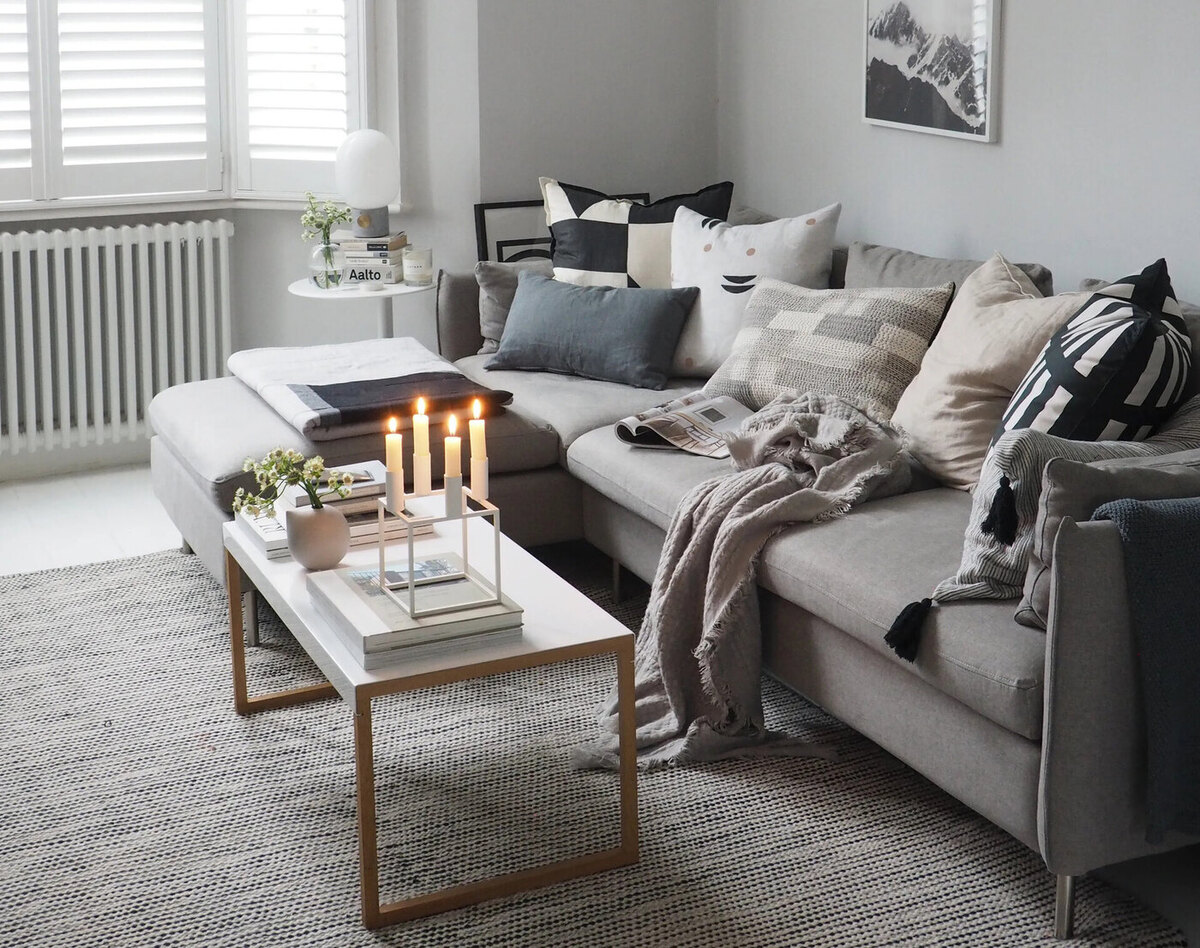
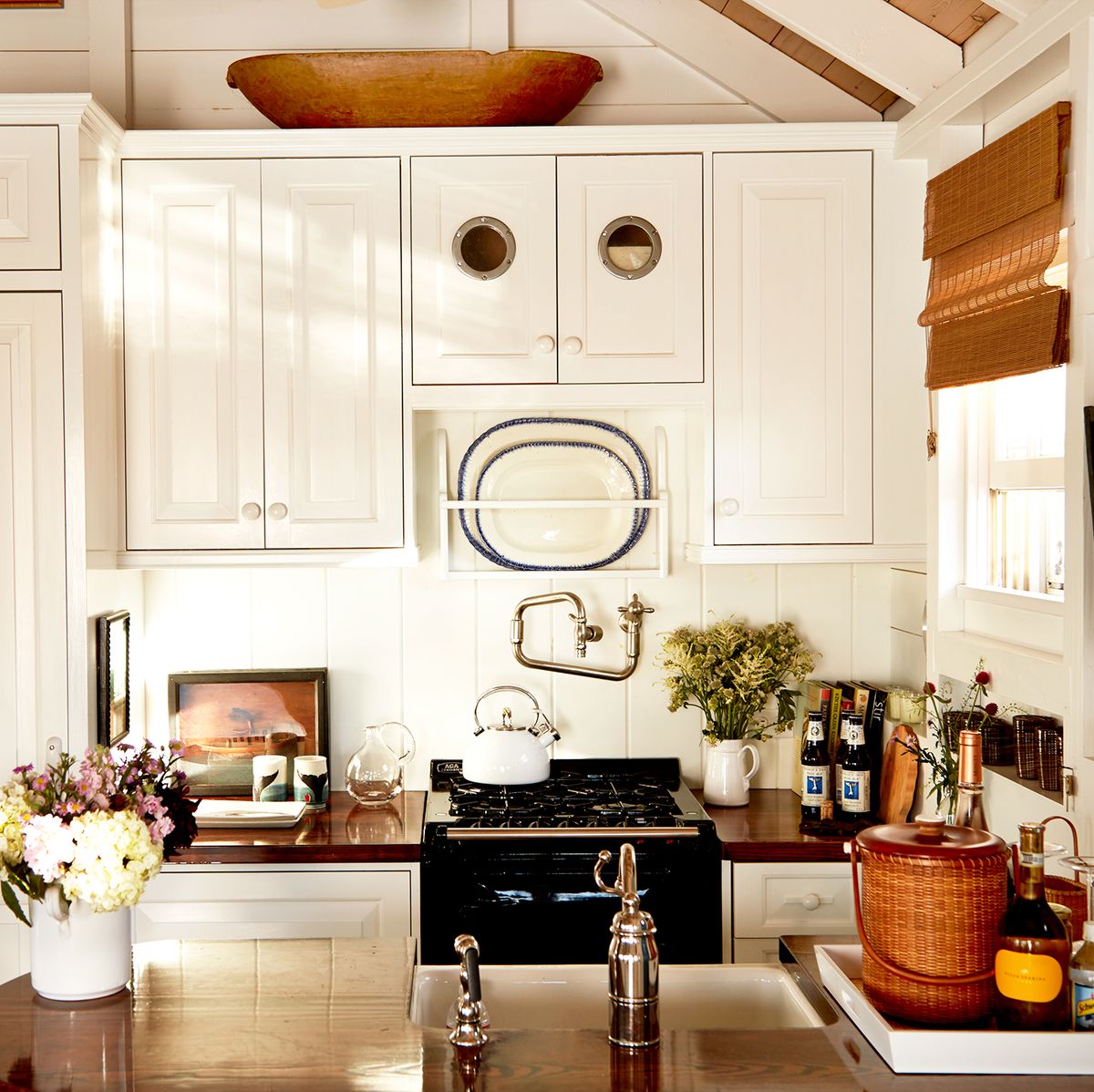
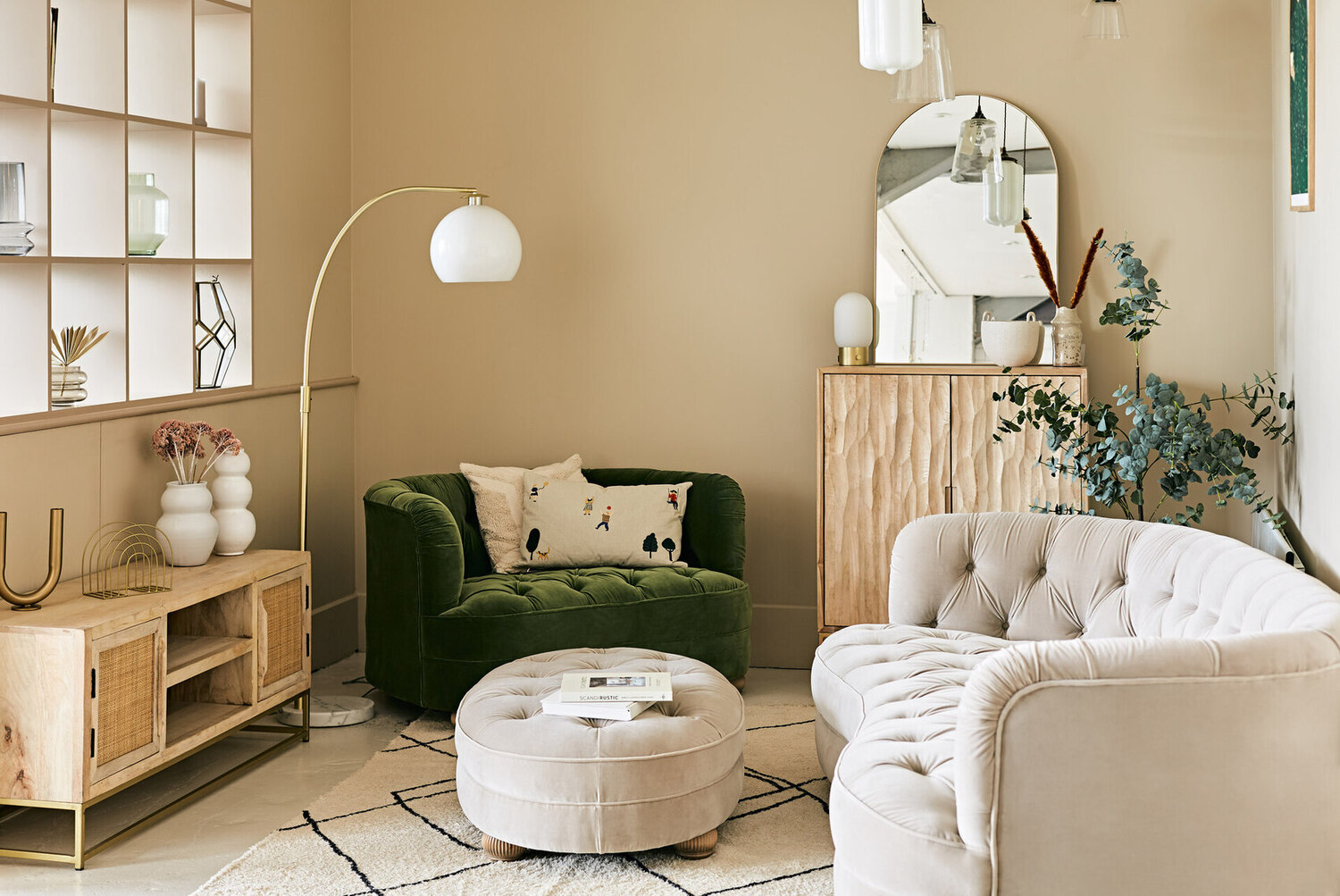
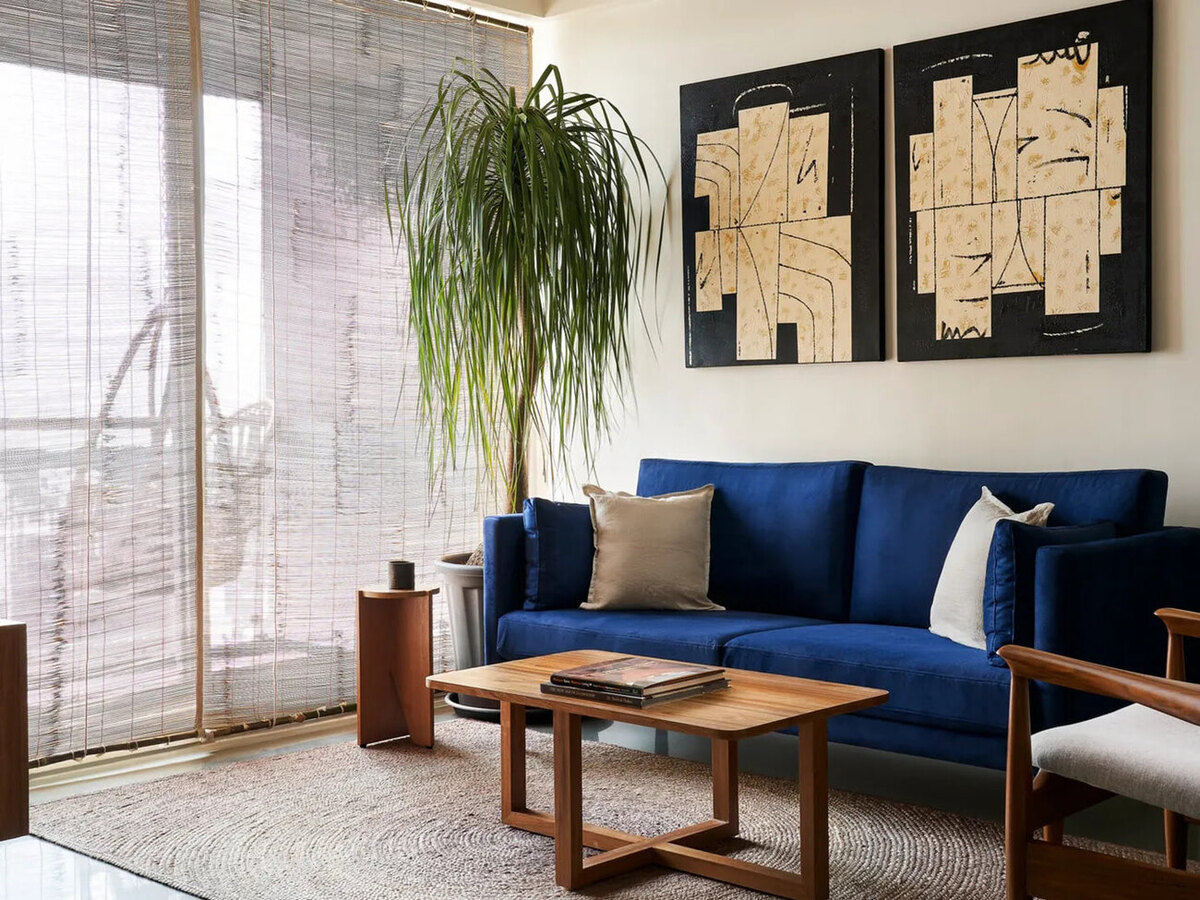
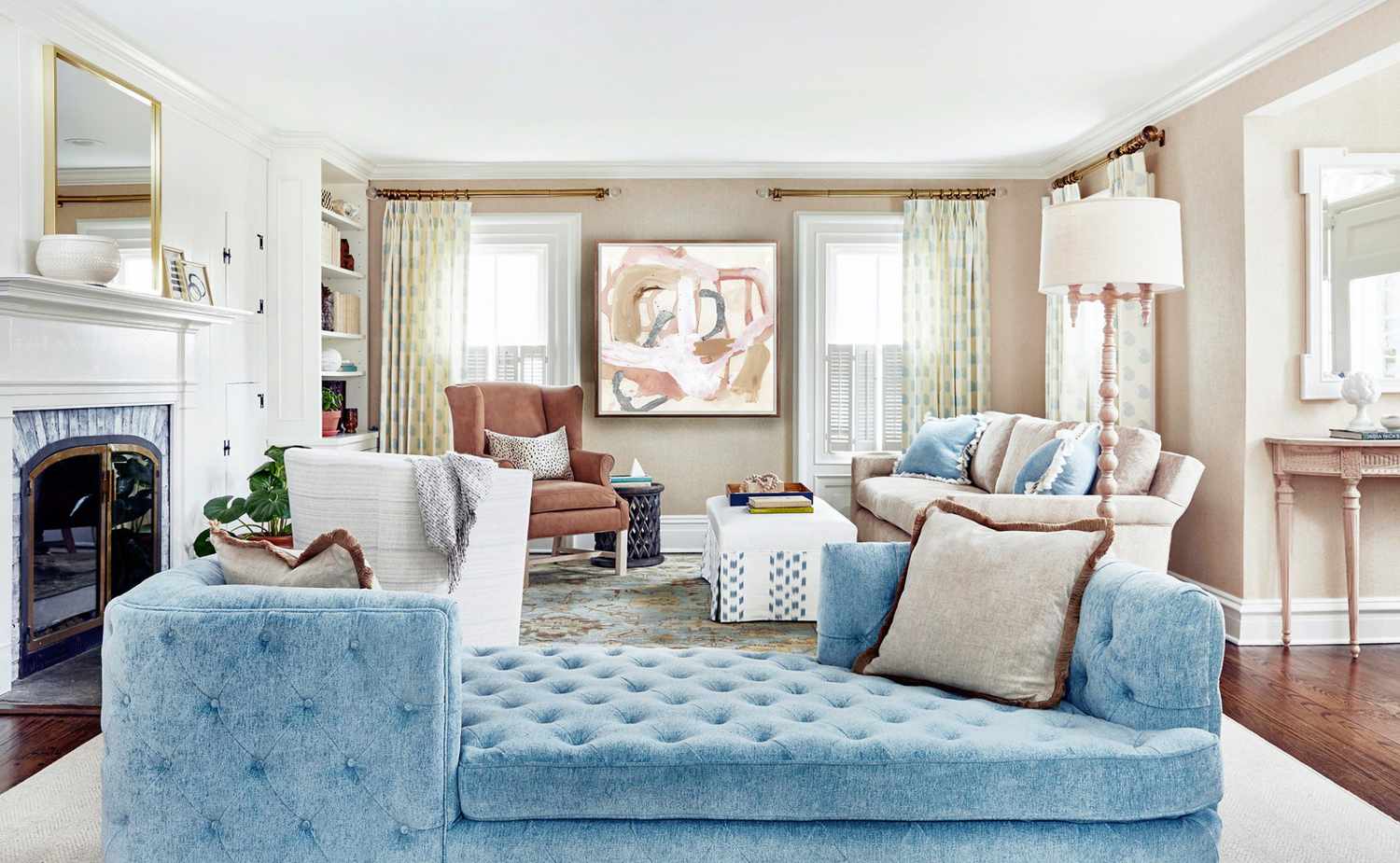

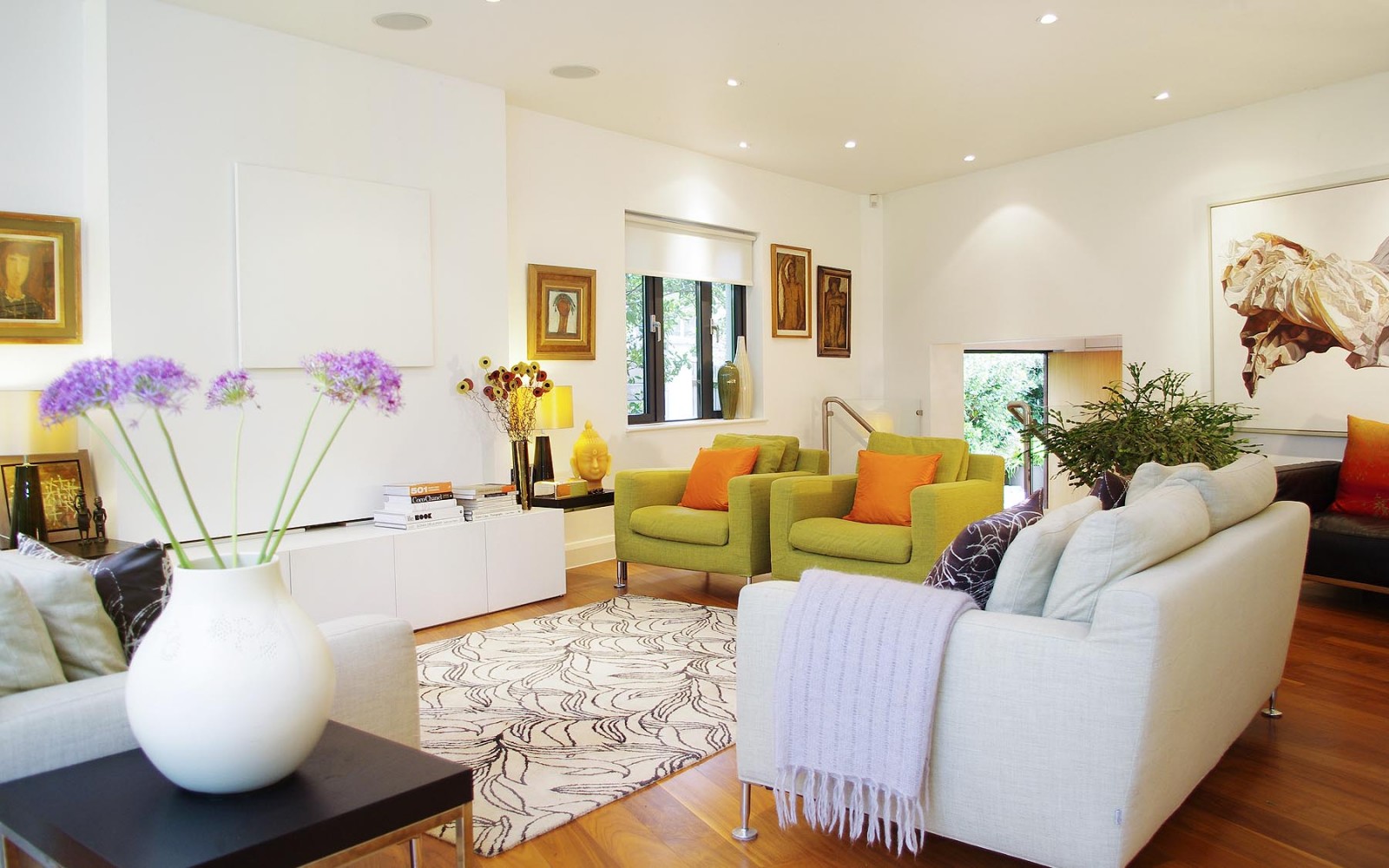
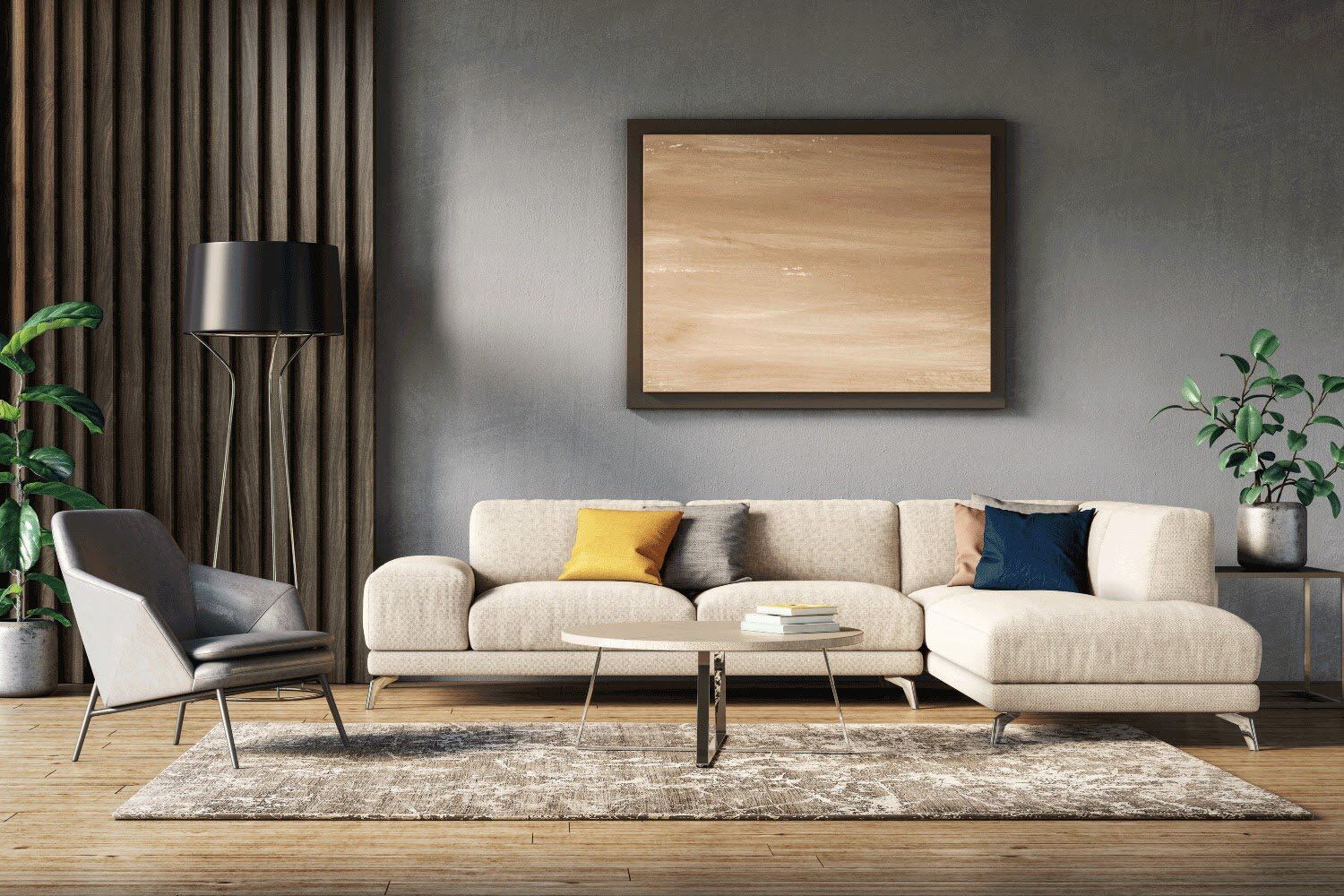
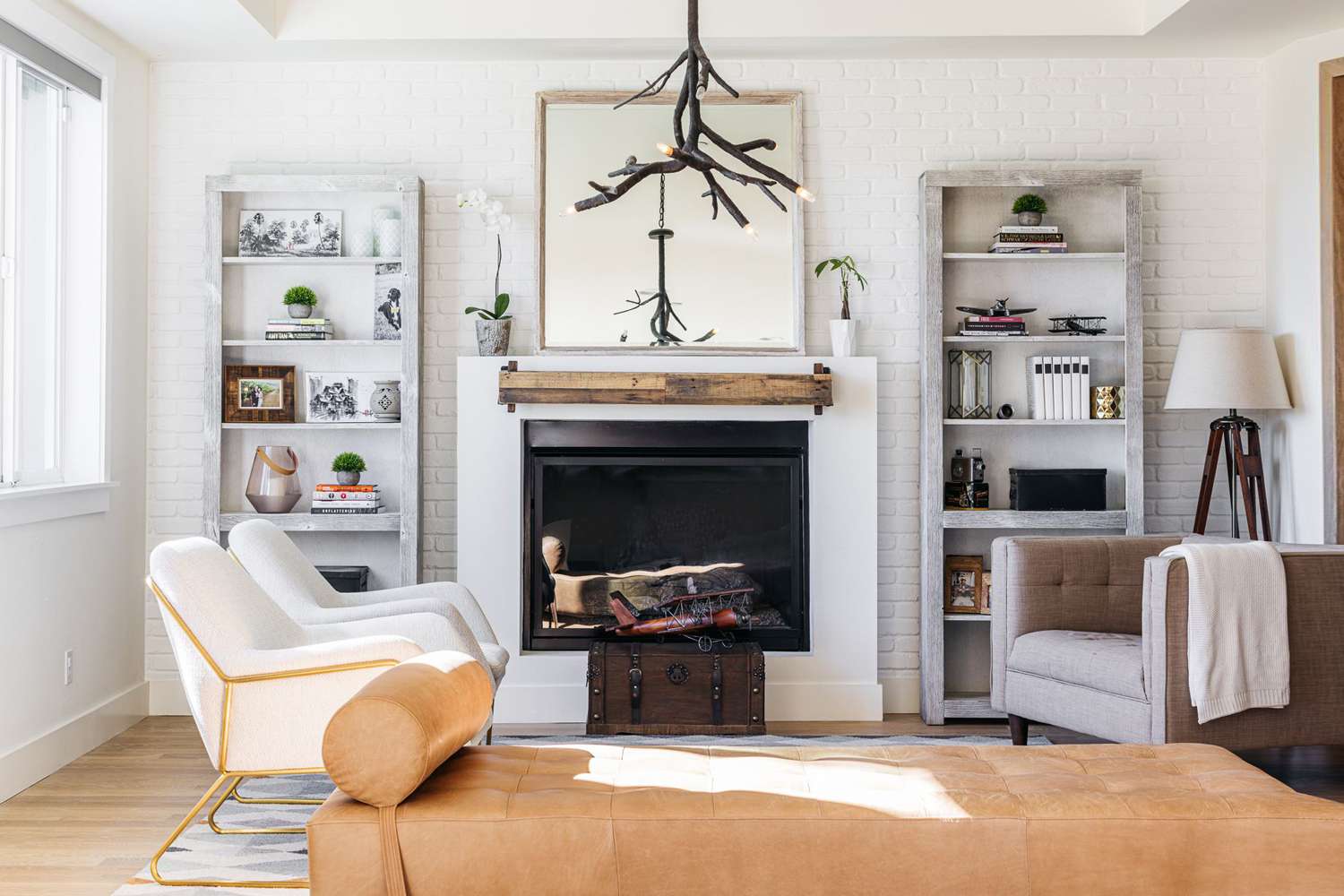
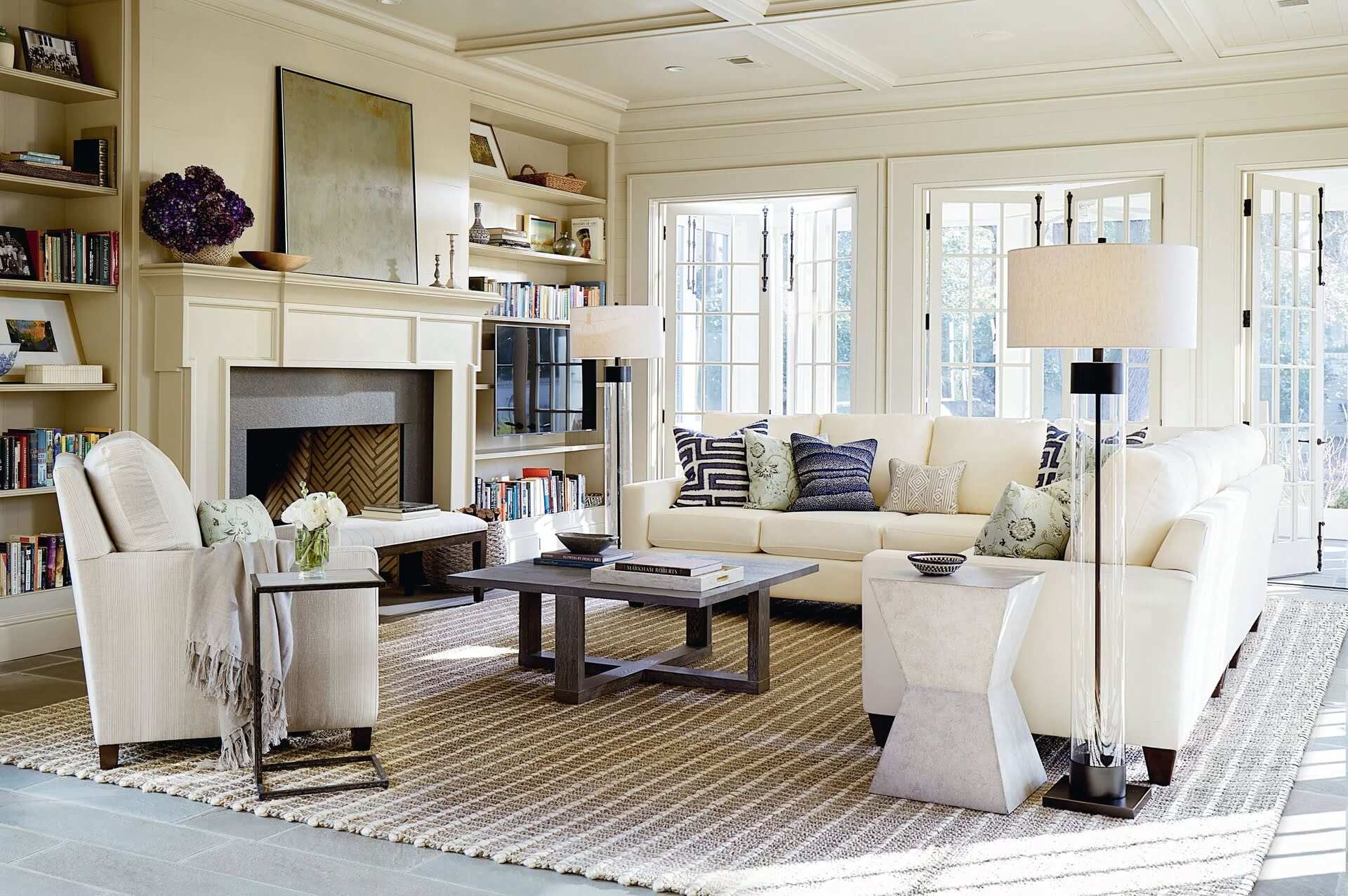

0 thoughts on “The Furniture Placement Rule I Use In My Small Living Room”